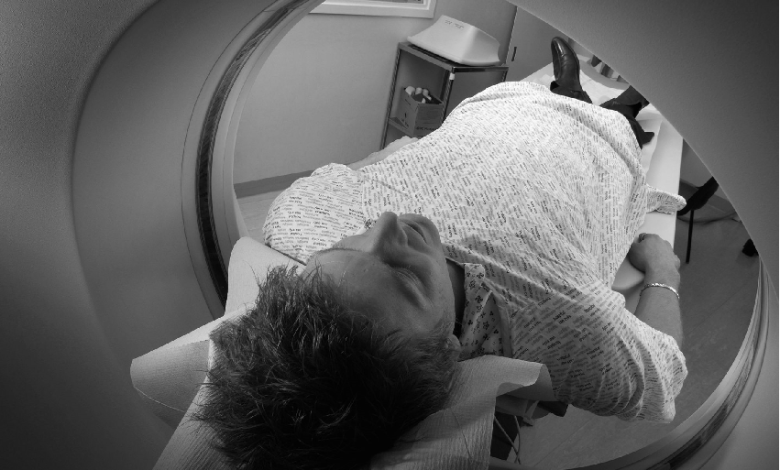How to detect and prevent testicular cancer

How to detect and prevent testicular cancer. Testicular cancer is very common in young or middle-aged men. Of the cancers suffered annually by men, testicular cancer accounts for between 0.5 and 1% of the total. Every year around 49,000 new cases of testicular cancer are diagnosed in the world, with only 10% of the cases being detected in men over 50 years of age.
Testicular cancer risk factors
In this, as in other types of cancer, the patient’s habits and lifestyles have a lot to do with it, an aspect that can be controlled and modified to a certain extent. On the other hand, there are some factors that increase the risk of suffering testicular cancer over which we have no influence, although we can detect them and exercise preventive attitudes.
Family History
Having a direct relative in the family increases the possibility of developing testicular cancer in the future. It is advisable in these cases to carry out medical control, especially after the age of 40.
Have HIV
Some studies have shown that men who have previously contracted HIV, a specially acquired immunodeficiency syndrome (AIDS), have a greater range of possibilities than contracting testicular cancer.
Cryptorchid
When a boy suffers from cryptorchidism, we say that the testicle has not descended normally before birth. There is a high risk of testicular cancer for those men whose testicles did not descend. Orchiopexy is the surgery through which the testicle is lowered into the scrotum and can reduce the risk of contracting testicular cancer if it is carried out in young boys.
Age
In general, this type of tumor can appear in men of any age, although it has a higher incidence in men between 20 and 35 years of age.
Testicular cancer symptoms
There are a series of bodily changes that alert a man to the possibility of suffering from testicular cancer. Here we show you some of them:
Swollen Testicular Area
The symptom that most often appears first is swelling or enlargement of the testicle or the appearance of a small mass in it. Sometimes I could cause pain, although it is not like that on most occasions. Although it is true that some men may have discomfort in the lower abdomen or in the scrotum.
Breast Augmentation
As a consequence of the increase in the amount of the human chorionic gonadotropin hormone, an increase or irritation in the breast area is possible.
Self-examination of the testicles
A good habit that you can acquire as a measure of prevention and detection of testicular cancer is self-examination. In this way, we can see if there are lumps or bumps that can alert us to the presence of possible cancer. To carry out a self-explanation correctly you must follow the following guidelines:
- Perform the self-examination after a hot shower, making the skin of the scrotum softer and more flexible to be able to palpate in a better way.
- Explore first one of the testicles and then the other, never both at the same time.
- Grab the testicle with your fingertips, pressing and rolling across the surface of the testicle slightly.
- Keep in mind that the left gesture is smaller than the right.
We recommend visiting a urologist if we detect the presence of any abnormality that may seem suspicious. From Saludhombre, we encourage you to include testicular self-examination among your habits in order to prevent testicular cancer and to visit the urologist once a year from the age of 40.
You may like to read Lucille Ball net worth, acting career, comedy shows, family and lifestyle




